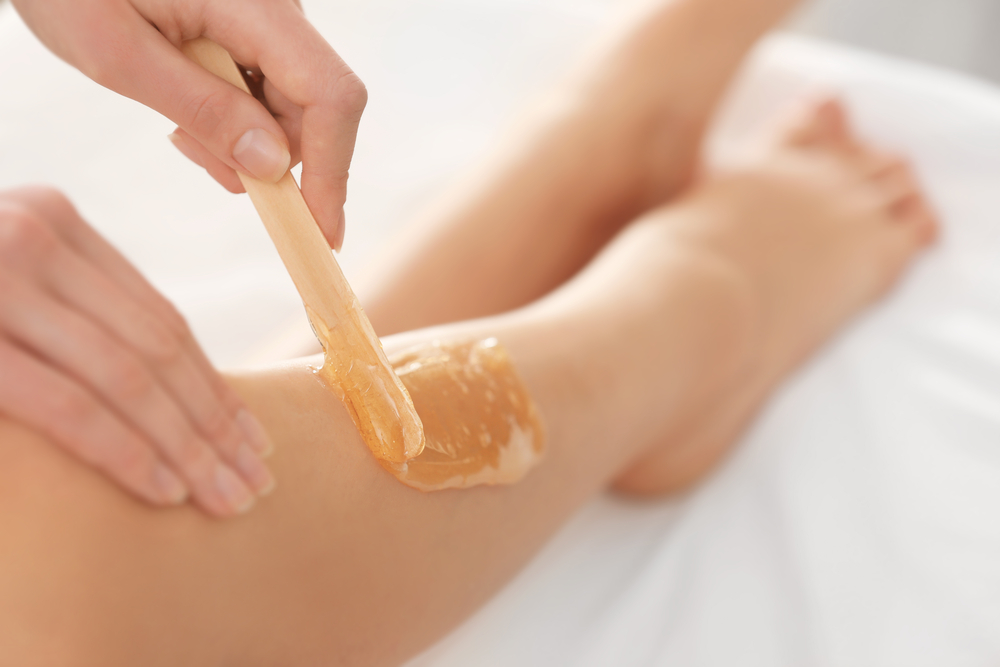Men’s Brazilian Wax: Trends 2025
The landscape of personal grooming is evolving rapidly, with traditionally female-centric services now becoming increasingly popular among men. Brazilian waxing, once considered exclusively for women, has seen a significant shift in demographic appeal. As we approach 2025, this intimate grooming practice is experiencing newfound acceptance in men's self-care routines. The growing normalization of male body hair removal reflects broader societal changes regarding masculinity, personal hygiene expectations, and the democratization of self-care practices across gender lines.

Why More Men Are Embracing Brazilian Waxing as Part of Grooming
The male grooming industry has expanded well beyond the traditional haircut and shave. Brazilian waxing for men—sometimes called “Manzilian” or “Brozilian” in marketing contexts—has seen consistent growth year over year. This trend stems from several converging factors. Many men report enhanced cleanliness, improved appearance, and increased comfort, especially during physical activities and in warm weather. The psychological benefits also play a significant role, with many men noting increased confidence following the procedure.
The demographic pursuing these services has broadened considerably. While initially popular among athletes, swimmers, and bodybuilders who sought performance and aesthetic advantages, the client base now includes men from diverse backgrounds and professions. The reduction in stigma around male hair removal has allowed more men to explore these options as part of their regular grooming practices rather than as one-time experiments.
The Role of Modern Salons in Adapting Techniques for Male Clients
Salons and spas have responded to increasing demand by tailoring their Brazilian waxing services specifically for men. Recognizing anatomical differences requires specialized approaches, and establishments that have successfully adapted their techniques are seeing growth in this service category. Training programs now frequently include male-specific waxing techniques, and salons are creating dedicated spaces that provide privacy and comfort for male clients.
Service providers have also adjusted their communication strategies, using clear, clinical language that helps men understand the process and reduces potential embarrassment. Consultation practices have evolved to address common concerns unique to male clients, including pain management strategies and aftercare instructions specific to male anatomy. Some establishments now employ male estheticians specifically trained in men’s Brazilian waxing to further normalize the experience and provide clients with gender-matching options if preferred.
How Cultural Acceptance Is Normalizing Male Intimate Waxing
Media representation and celebrity endorsements have played crucial roles in normalizing male hair removal practices. Popular culture increasingly portrays male body grooming—including intimate areas—as standard practice rather than exceptional behavior. Social media platforms have created spaces where men can discuss grooming practices openly, reducing the taboo surrounding these conversations.
This cultural shift is particularly evident in younger generations, who generally hold more fluid views on gender-specific practices. Millennials and Gen Z men approach personal grooming with fewer preconceptions about what constitutes “masculine” behavior. Partner preferences also influence these decisions, as intimate grooming becomes an expected aspect of personal hygiene in many relationships regardless of gender.
The wellness movement’s emphasis on personal care as self-investment rather than vanity has further legitimized these practices. As the distinction between health-focused and appearance-focused grooming blurs, men feel greater permission to engage in comprehensive body care.
Innovations in Products Designed for Men’s Sensitive Skin
The growing market has sparked significant product innovation specifically addressing men’s needs for Brazilian waxing. Formulations now frequently account for differences in male skin and hair textures, which tend to be coarser and more resilient than women’s. Research-backed wax compositions designed to grip stronger hair follicles while minimizing discomfort have emerged as game-changers in the industry.
Pre-treatment products have evolved to better prepare male skin for waxing, including specialized exfoliants and cleansers that reduce the likelihood of ingrown hairs—a common concern for men new to waxing. Similarly, post-waxing care has been reimagined with cooling gels, anti-inflammatory solutions, and moisturizers formulated specifically for the male intimate area’s unique needs.
These products increasingly feature neutral packaging and fragrance profiles designed to appeal to male consumers without relying on stereotypical “masculine” marketing approaches, reflecting a more sophisticated understanding of the modern male consumer’s preferences.
Why Inclusivity Matters in Self-Care for Men
The normalization of Brazilian waxing services for men represents a significant step toward gender-neutral self-care. By breaking down arbitrary boundaries between “feminine” and “masculine” grooming practices, the industry creates space for men to make choices based on personal preference rather than social expectation. This shift has broader implications for male wellness, potentially encouraging men to engage more actively with other previously gender-coded health and self-care practices.
The language used by service providers continues to evolve, with marketing materials and service descriptions becoming increasingly gender-inclusive. Many establishments now categorize services by body area rather than gender, removing unnecessary barriers to entry for interested clients. Additionally, staff training increasingly emphasizes creating judgment-free environments where all clients can feel comfortable regardless of gender identity or grooming choices.
This inclusivity extends to pricing structures as well. Progressive establishments are moving away from gender-based pricing toward time and complexity-based fee structures, acknowledging that the service difficulty rather than the client’s gender should determine cost.
The Brazilian Waxing Experience: What Men Can Expect in 2025
As the industry continues to evolve, the male Brazilian waxing experience in 2025 will likely feature enhanced comfort measures, increased privacy options, and more specialized training among practitioners. Virtual consultations may become standard, allowing new clients to discuss concerns and prepare appropriately before their first appointment. Technological advances in wax formulations continue to reduce pain and minimize skin reactions, making the experience more approachable for newcomers.
The time investment remains significant—typically 30-45 minutes for the procedure itself, with aftercare regimens extending for several days. However, results generally last 3-6 weeks, making the service increasingly attractive to men seeking low-maintenance grooming solutions.
This article is for informational purposes only and should not be considered medical advice. Please consult a qualified healthcare professional for personalized guidance and treatment.




